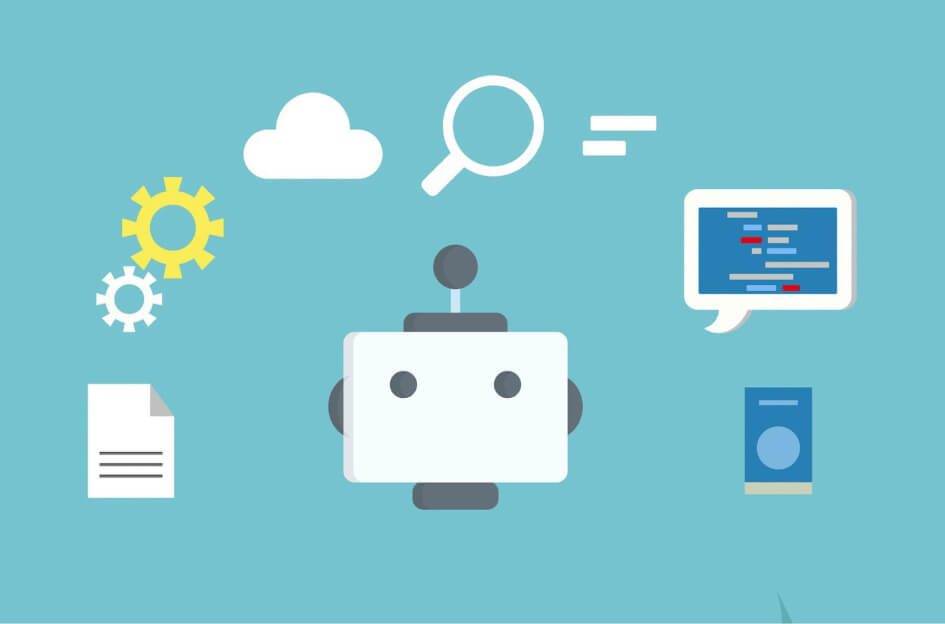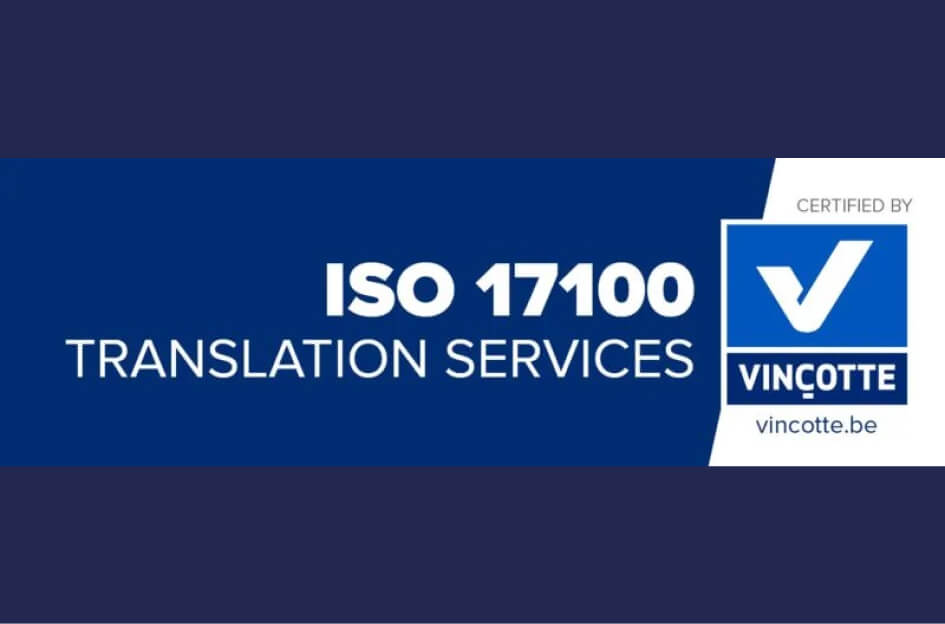Ever wondered why some organizations seem to effortlessly communicate their brand’s message, while others struggle to find the right words? It all comes down to effective terminology management. This crucial process involves organizing and controlling the meaning behind every word used within an organization. By implementing a robust terminology management system, companies can ensure consistent messaging and avoid the pitfalls of miscommunication.
Terminology management goes beyond simply creating a glossary or list of forbidden terms. It requires skilled terminologists who understand the intricacies of language and its impact on conveying ideas. These experts play a vital role in establishing clear guidelines for authors, ensuring that everyone speaks the same language.
However, managing terminology is not without its challenges. From deciding which terms to include in a terminology program to handling updates and warnings, there are many things to consider. But fear not!
So, if you’re ready to take your brand’s message to new heights and gain a little bit more control over what you say, let’s dive into the fascinating realm of terminology management!
Importance of Effective Terminology Management
Terminology management is crucial for various reasons:
Correct terms: Effective terminology management ensures the use of correct terms in translations, which enhances consistency and accuracy. Using the right terminology helps avoid confusion and misinterpretation.
Quality: By maintaining a well-managed terminology database, organizations can ensure high-quality translations. Consistent terminology usage across all content improves the overall quality of translated materials.
Brand image and customer experience: Using consistent terminology creates a cohesive brand image. Customers appreciate clear communication that reflects a brand’s professionalism and attention to detail. Consistent language also improves customer experience by eliminating ambiguity.
Efficient knowledge sharing: A proper terminology management system facilitates efficient knowledge sharing within an organization. When everyone uses the same terms consistently, it becomes easier to communicate ideas, share information, and collaborate effectively.
Termbase vs Translation Memory: Understanding the Difference and Content Types that Benefit
Differentiates between termbases and translation memory tools
Terminology management involves two key components: termbases and translation memory. While they both play a crucial role in ensuring accurate translations, it’s important to understand their differences.
A termbase is a centralized database that stores term translations along with their definitions, contexts, and usage guidelines. It acts as a valuable resource for maintaining consistency across various content types. Termbases are particularly beneficial for technical content such as user manuals, where specific terminology must be accurately conveyed.
On the other hand, a translation memory stores previously translated content in segments or units. These segments can range from individual sentences to entire paragraphs or more. When new content is being translated, the translation memory compares the source text with its stored segments to identify similar or identical matches. This allows translators to reuse previously translated content, saving time and effort.
Explains how termbases benefit technical content, such as user manuals
Technical content often includes specialized terms that require precise translation to ensure clarity and accuracy. Termbases provide translators with access to approved term translations along with relevant context and usage guidelines. This ensures consistent terminology throughout technical documents like user manuals, reducing ambiguity and enhancing readability.
In addition to maintaining consistency within a single document, termbases also enable harmonization across multiple documents within an organization. This is particularly useful for companies operating in different regions or countries where language variations, i.e. a different target language may exist.
Highlights the advantages of using translation memory for repetitive content like software strings
Translation memory is highly effective when dealing with repetitive content such as software strings that appear frequently across different applications or versions. Instead of translating each occurrence individually, translation memory allows translators to leverage previous translations automatically.
This not only speeds up the translation process but also improves overall quality by ensuring consistency in terminology and style throughout all instances of the repetitive content. Furthermore, translation memory tools provide translators with suggestions and matches from previously translated segments, enhancing productivity and accuracy.
By utilizing both termbases and translation memory effectively, organizations can streamline their translation processes, reduce costs, and maintain linguistic consistency across various content types.
Remember that terminology management plays a critical role in achieving accurate translations while saving time and effort.

Basics of Terminology Management Systems and Termbases
Creating a Termbase
Identify key terms from the source text.
Compile a list of these terms to create a termbase or terminology database.
Categorize the terms based on their relevance and usage.
Defining Clear Guidelines for Term Usage
Establish consistent guidelines for using key terms across all documents.
Specify preferred translations, abbreviations, and variations.
Provide context and usage examples to ensure accurate term understanding.
Maintaining and Updating a Termbase Effectively
Regularly review and update the termbase to include new terms or remove outdated ones.
Collaborate with subject matter experts to validate term accuracy.
Implement version control to track changes made in the termbase over time.
Termbases, also known as term bases or glossaries, play a crucial role in terminology management. By following these steps, you can create an organized repository of key terms that ensures consistency in your content.
Remember that maintaining clear guidelines is essential for effective term usage. This helps avoid confusion and promotes accurate communication within your organization.
To keep your termbase up-to-date, regularly review its contents and involve relevant experts in the validation process. Version control allows you to track changes made over time, ensuring you have access to the most current terminology.
By implementing these practices, you can establish a solid foundation for terminology management through well-maintained termbases.
Streamlining Technical Terms with Automated Solutions
Automated solutions for terminology management offer a streamlined approach to handling specialized terms in various industries. By utilizing machine learning algorithms, these solutions provide numerous benefits and integration possibilities with existing translation workflows.
Benefits of using machine learning algorithms to identify terms
Improved Translation Quality: Machine learning algorithms can accurately identify and extract specialized terms from medical texts, ensuring accurate translations and maintaining consistency throughout the entire process.
Time Efficiency: Automated solutions significantly reduce the time spent manually identifying and managing technical terms, allowing translators to focus on other aspects of the translation process.
Enhanced Productivity: Translators can leverage automated tools to quickly access preferred translations for specific terms, eliminating the need for extensive research and improving overall efficiency.
Integration possibilities with existing translation workflows
Seamless Integration: Automated terminology management solutions can seamlessly integrate with existing translation management software or tools commonly used by translators.
Real-time Updates: These solutions enable real-time updates of terminological databases, ensuring that translators have access to the most up-to-date information when working on projects.
Quality Assurance: By integrating automated terminology management into the translation workflow, translators can enhance quality assurance processes by maintaining consistency in translated expressions and reducing errors.
Conclusion
Maximizing the Benefits of Terminology Management
Effective terminology management is crucial for businesses looking to streamline their translation processes and enhance overall communication. By understanding the difference between termbases and translation memory, companies can identify the content types that will benefit most from a terminology management system.
Terminology management provides a solid foundation for accurate and consistent translations. Building a comprehensive termbase allows organizations to establish a centralized repository of approved terms, ensuring linguistic consistency across all materials. This not only improves the quality of translations but also saves time by eliminating the need for repetitive research.
Automated solutions have further simplified terminology management by streamlining technical terms. With advanced tools, businesses can quickly identify and extract frequently used terms, making it easier to maintain up-to-date termbases.
To fully leverage the benefits of terminology management, it is essential for companies to prioritize its implementation. By investing in robust systems and training employees on best practices, businesses can optimize their translation workflows and enhance overall efficiency.
In conclusion, effective terminology management plays a vital role in improving translation accuracy, consistency, and productivity. By implementing automated solutions and establishing comprehensive termbases, companies can ensure that their linguistic assets are well-managed and readily available whenever needed.
FAQs
Q: How does terminology management improve translation accuracy?
A: Terminology management ensures consistent usage of approved terms across translations, minimizing errors caused by inconsistent or incorrect terminologies.
Q: Can small businesses benefit from implementing terminology management?
A: Absolutely! Even small businesses can greatly benefit from implementing terminology management as it helps maintain brand consistency and professionalism in their translated content.
Q: Are there any industry-specific challenges when it comes to managing terminologies?
A: Yes, different industries may have unique terminologies that require careful handling. However, with proper planning and customization of termbases, these challenges can be effectively addressed.
Q: Can automated solutions adapt to evolving terminologies?
A: Yes, automated solutions can be updated to include new terms and remove outdated ones, ensuring that termbases remain relevant and up-to-date.
Q: How can terminology management improve collaboration between translators?
A: Terminology management provides a centralized platform where translators can access approved terms, facilitating consistent translations and enhancing collaboration among team members.




